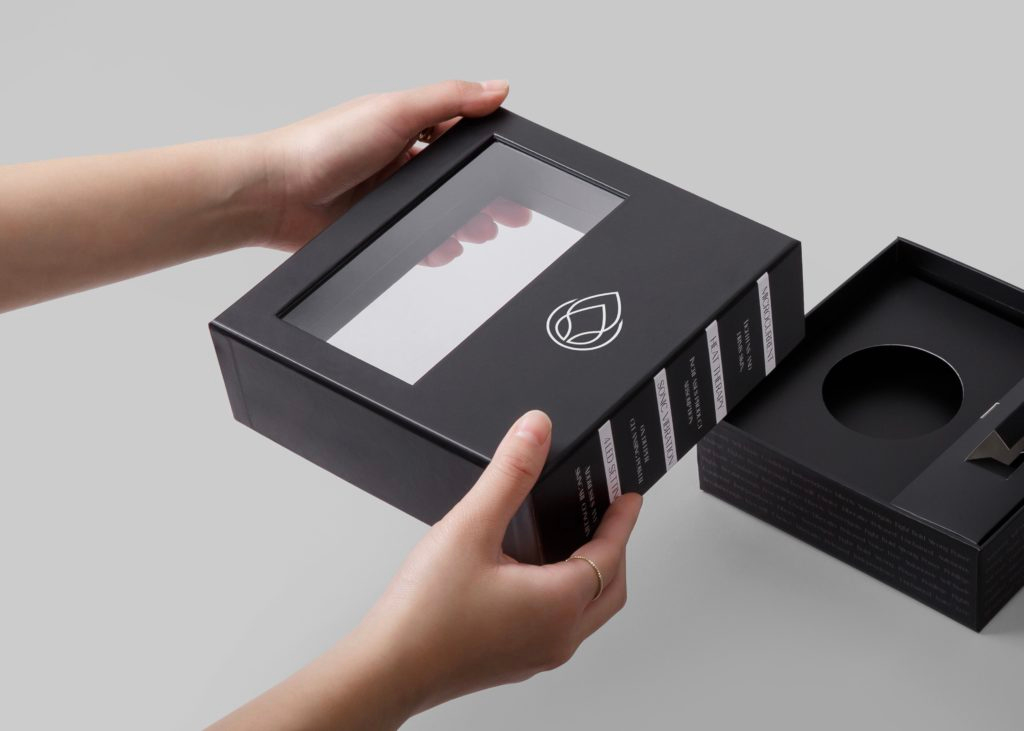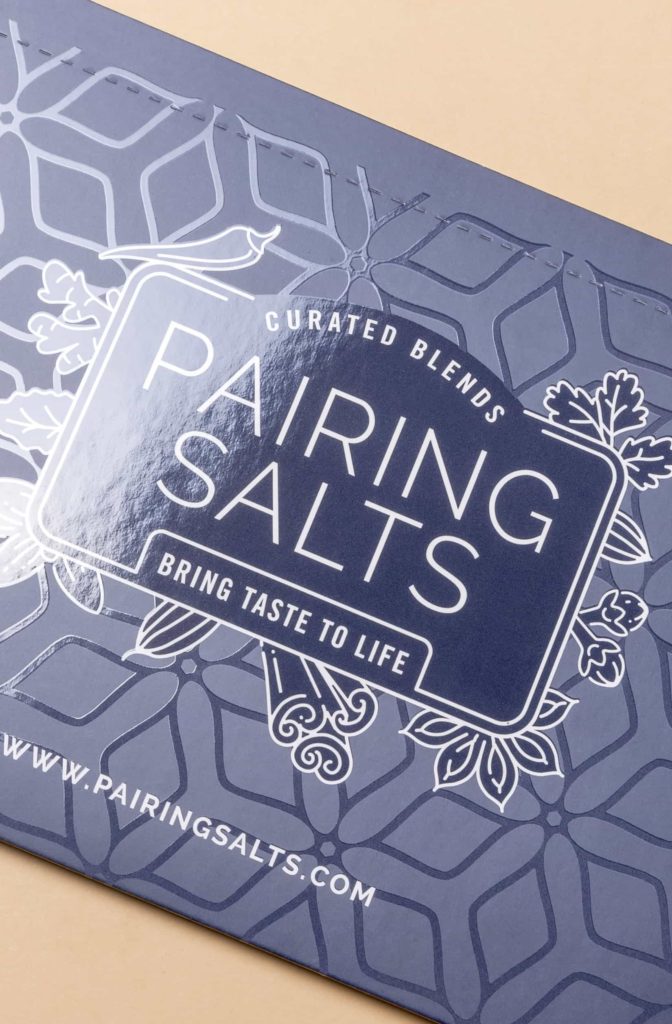Při rozhodování o povrchové úpravě balení, volba mezi matná a lesklá laminace je stěžejní. Mají moc zaujmout nebo odvést pozornost, vyvolat emoce a výrazně ovlivnit nákupní rozhodování. V tomto průvodci porovnáme matnou a lesklou laminaci, jejich výhody a význam v různých situacích balení, abychom vám pomohli udělat správnou volbu.

1: Pochopení matné a lesklé laminace
Matné a lesklé laminace jsou ochranné povrchové úpravy aplikované na obalové materiály za účelem zvýšení odolnosti a zlepšení vzhledu. Lesklá laminace poskytuje lesklý a reflexní povrch, zatímco matná laminace nabízí tlumený, nereflexní povrch.
2: Kdy zvolit matnou laminaci
Zvolte matnou laminaci, když chcete vyvolat pocit elegance, sofistikovanosti a luxusu. Matné povrchy absorbují více světla, než odrážejí, a nabízejí tlumený profesionální vzhled. Tato povrchová úprava je perfektní, pokud chcete, aby vaše obaly působily špičkovým dojmem, odrážely minimalistickou estetiku nebo dovolily, aby se do centra pozornosti dostaly další prvky designu obalů, jako je embosování nebo ražení.
3: Kdy se rozhodnout pro lesklou laminaci
Vyberte si lesklou laminaci, aby váš obal doslova a do písmene zazářil. Tento typ laminace odráží světlo, barvy vynikají a přitahuje pozornost k detailům grafiky nebo textu. Je oblíbený v odvětvích, kde je živost a viditelnost životně důležitá, jako jsou výrobky pro děti, cukrovinky nebo cenově dostupná kosmetika.
4: Porovnání odolnosti a ochrany
Jak matná, tak lesklá laminace si vedou dobře v tom, že nabízejí ochranu proti fyzickému poškození, vlhkosti a UV záření, čímž prodlužují životnost produktu. Lesklé laminace jsou však náchylnější k zobrazování otisků prstů a škrábanců v průběhu času ve srovnání s jejich matnými protějšky.
Často kladené otázky:
1. Existuje výrazný cenový rozdíl mezi matnou a lesklou laminací?
Mohou existovat drobné odchylky, přičemž matné laminace jsou někdy o něco dražší kvůli luxusnímu vzhledu a dojmu, který propůjčují obalu. Cena však často závisí více na dodavateli obalu než na samotné povrchové úpravě.
2. Mohu na svém obalu použít matnou i lesklou laminaci?
Absolutně! Použití kombinace matné a lesklé laminace (bodové uv) může nabídnout výrazný kontrast a zvýraznit specifické oblasti na vašem obalu.
3. Který typ laminace je šetrnější k životnímu prostředí?
Oba typy nejsou snadno recyklovatelné kvůli obsahu plastů. Na trh však vstupují některé nové možnosti biodegradabilní laminace, které jsou šetrnější k životnímu prostředí.
4. Ovlivňuje laminace recyklovatelnost mého obalu?
Bohužel ano. Laminované obaly se hůře recyklují, protože v procesu recyklace je obtížné oddělit plastovou vrstvu.
5. Jak se mohu rozhodnout mezi matnou a lesklou laminací?
Zvažte pozici své značky, produkt, cílové publikum a vizuální sdělení, které chcete předat. Obě povrchové úpravy mají své kouzlo; záleží jen na tom, co se vašemu balení nejlépe hodí.
Je důležité si uvědomit, že odpověď na otázku 'který je lepší?' nakonec záleží na tom, k čemu bude laminace použita.
Jak již bylo zmíněno výše, matná i lesklá laminace mají své vlastní jedinečné výhody a nevýhody.
U některých aplikací mohou být nedostatky nepodstatné nebo mohou být nevýznamné.
Ve skutečnosti je možné zkombinovat výhody matné i lesklé laminace a vytvořit tak perfektní povrchovou úpravu pro váš obalový design.
Například přidání lesklého laminátu přes matný laminátový čárový kód může usnadnit skenování nebo umožnit uživatelům psát na něj v případě potřeby.
Závěrem lze konstatovat, že jak matné, tak lesklé laminace mají svou jedinečnou přitažlivost a specifické aplikace ve světě obalů. Zatímco matná laminace vyzařuje noblesní, luxusní atmosféru, lesklá laminace vytváří zářivý a poutavý vzhled. Nakonec bude správná volba do značné míry záviset na vaší značce, produktu a pocitech, které chcete u svých zákazníků vyvolat.

